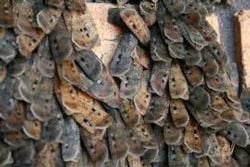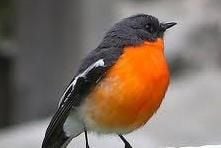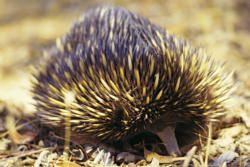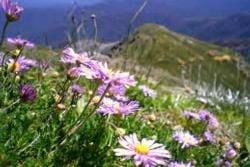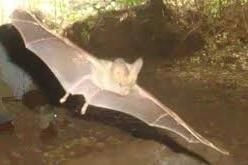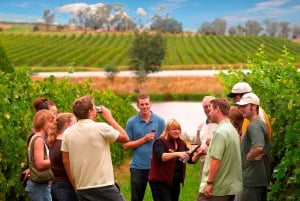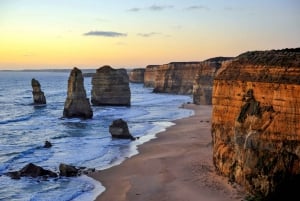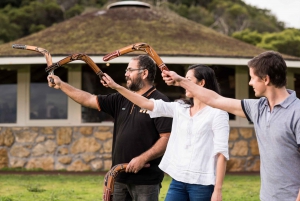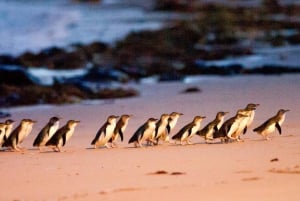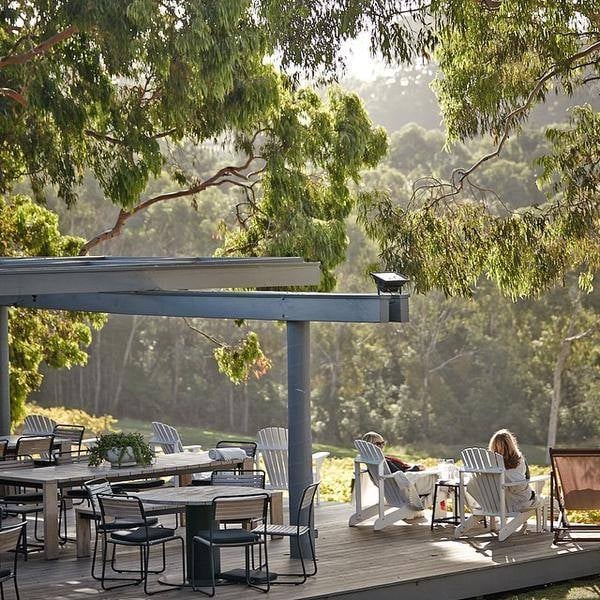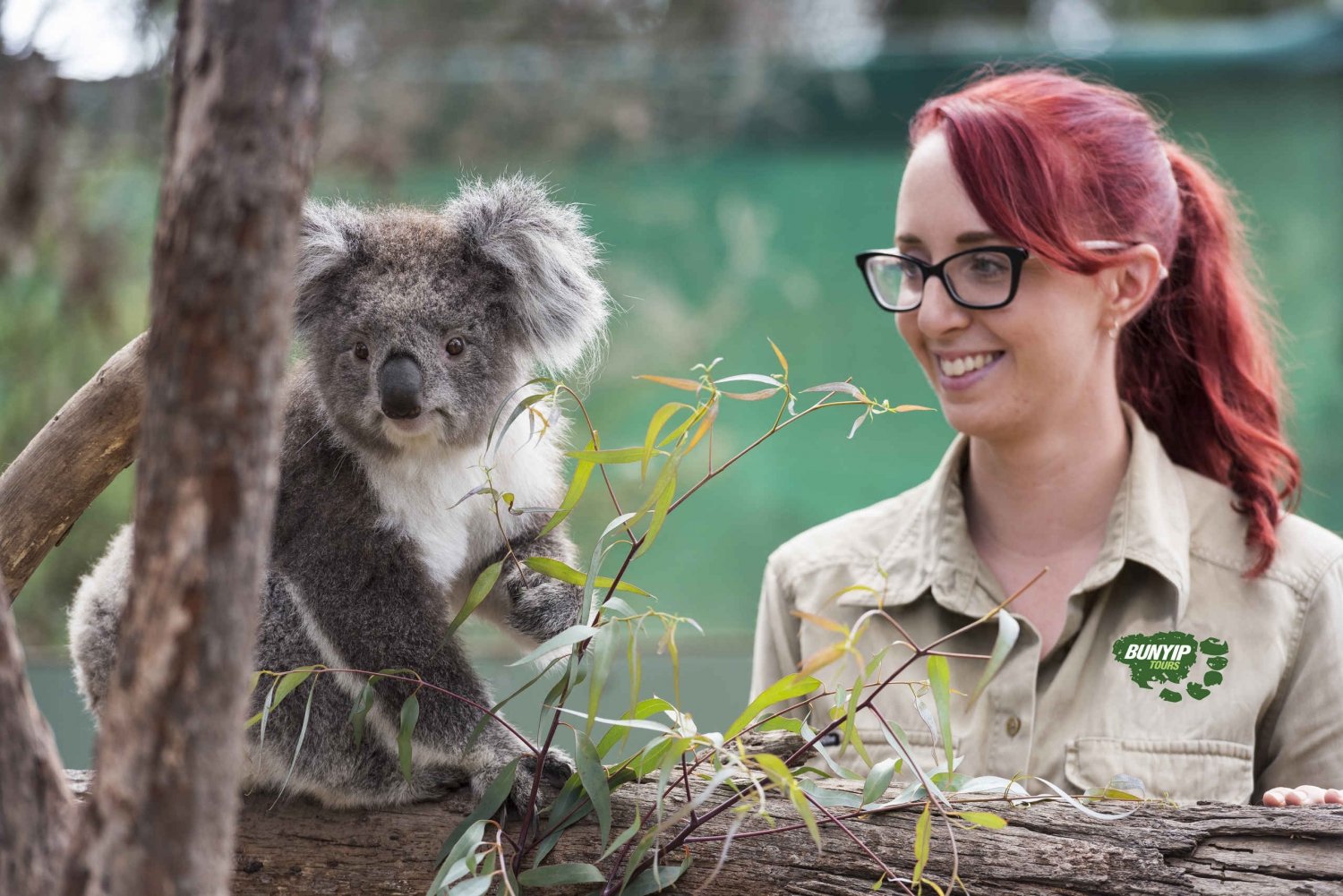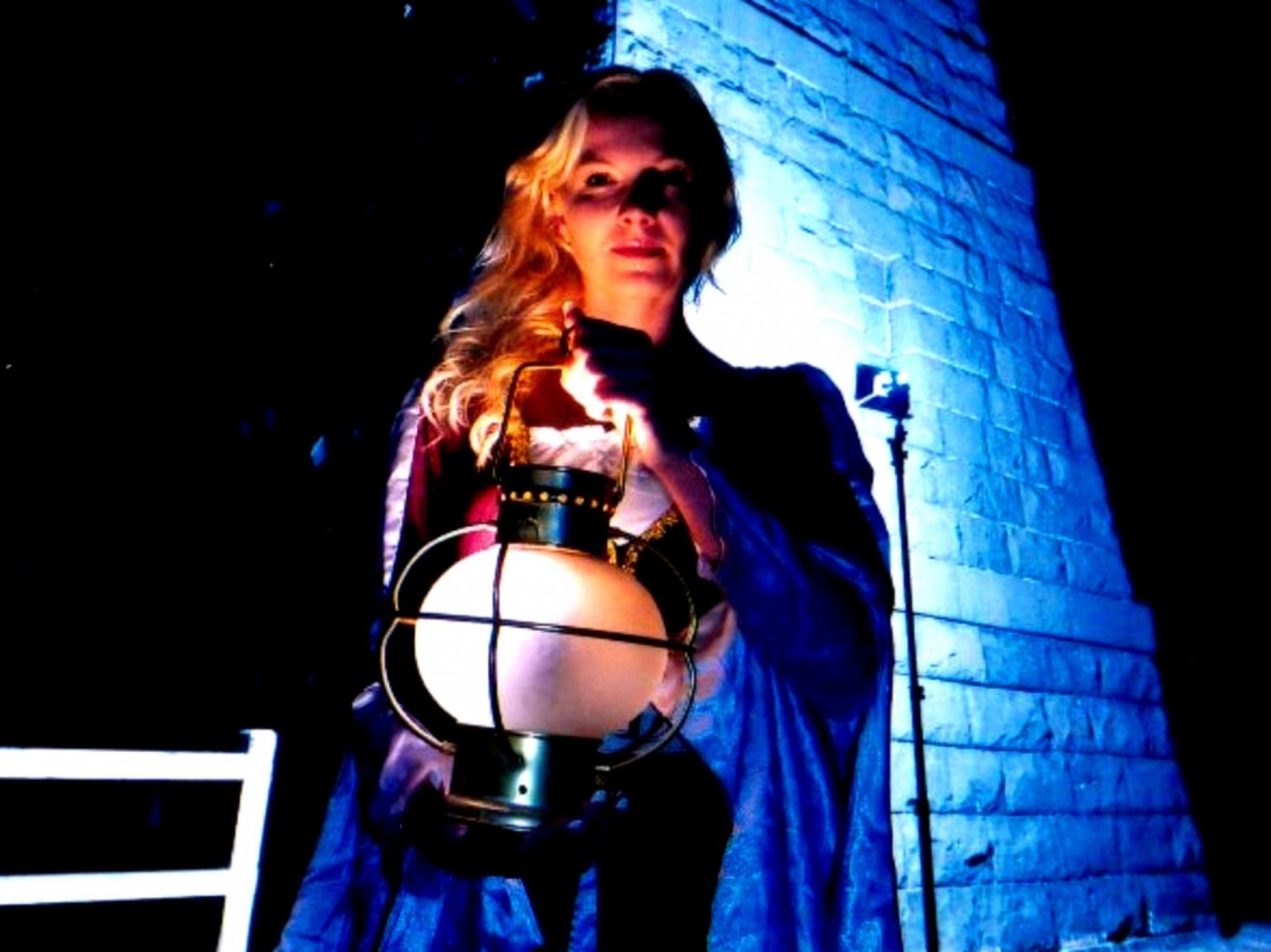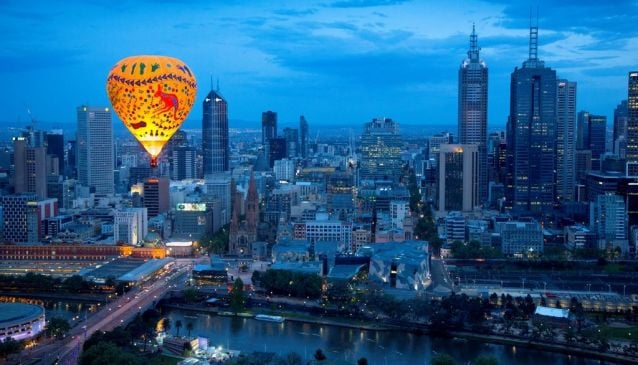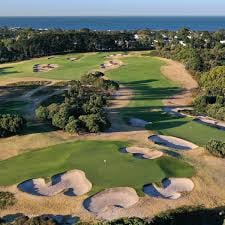When and What to see In the Australian Alps
All Alps species are on display at the Tidbinbilla Nature Reserve all year round.
Bogong moths return to hibernate in summer amongst the rock crevices of the high mountains in December,which entices the ravens and currawongs that feast on the moths. During the breeding season (mid January to the end of February), corroboree frogs live in pools and wetlands (you can see the Northern corroboree frog atthe Tidbinbilla (Visitor Centre).
Alpine wildflowers are in full glory in January. Watch for a variety of colourful grasshoppers on vegetation in January (some are plain brown, but some are bright aqua, have spots or are striped). High country lizards produce live young during summer (it is not warm enough for eggs to develop so live young are born late in summer). Watch for them in grasslands.
Tiny insectivorous bats will be finding mates during autumn while they are active and well fed. After mating, females halt the development of foetus during winter while food sources are low and resume growth in spring. In April, look out for larger birds such as gang gangs, galahs, yellow-tailed black cockatoos and king parrots feeding on fruits. In May, larger mammals and birds are starting to move down to lower altitudes in preparation for the onset of winter.
Lyrebirds are breeding in the wet mountain forests. June is a great time for seeing and hearing the males performing. Winter sees plenty of snow on the alpine regions of the Australian Alps (June – September). Beneath the snow in July, the herbivorous native rodent, the broad-toothed rat is actively grazing on grasses using tunnels under shrubs that hold up the snow. Wombats start to emerge from below the snow mantle in July. Look out for where they have bulldozed the snow out of the way to feed on grasses and roots. The flame robin is hopping across the snowfields in August, signalling that winter is almost over. Dusky and brown antechinus breed in August with all males dying after two weeks of frenzied breeding activity!
The endangered mountain pygmy possum emerges from its winter hibernation to begin feeding on mountain plum pine fruits. Birds can be seen feeding on frozen insects in September as the snow begins to thaw. In October, echidnas come out of hibernation so look out for them on the roads. Parrots and other birds return to the high country in November and snakes are quite active at this time.



